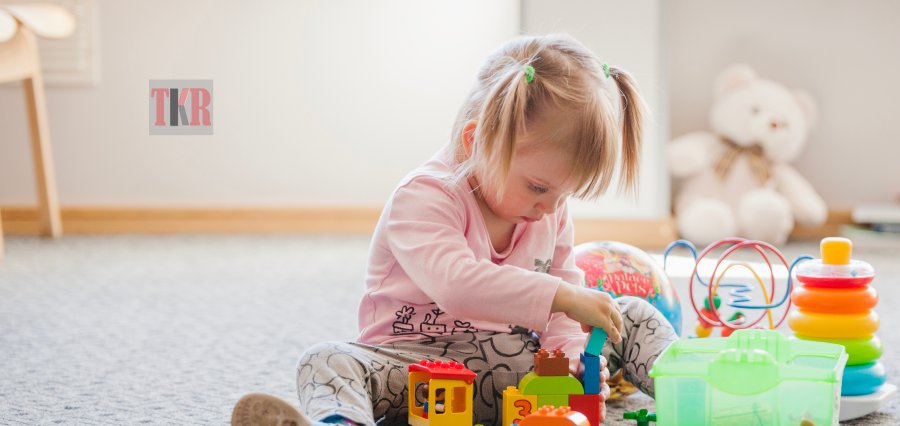What are the two factors that comprise the world of preschoolers? Surely, those are magic and imagination. They are fascinated by magic and struggle to differentiate fantasy from reality. Their imaginative force however fuels a desire to learn and encourages academic growth in all fields. Therefore, this is the right time to support the development of divergent thinking in which children create unique solutions and establish new links without being tied to the correct answer or way of doing things.
Supporting divergent thinking means providing activities that allow children to be properly inquired, reflected, wondered, curious, and even confounded. Divergent thought and, consequently, creativity and creative problem solving, are more than art — think, predict, imagine, and create.
Much Needed Right Start
Each child is creative and imaginative, but this ability can be limited if children have no imaginative space to behave and release their creative energy. They need imaginative, experiencing opportunities and materials. The more complex and multiform children’s experiences are, the more they have the chance to learn in their early years from an artistic expression. It is a critical factor in their mental, physical, and emotional development to encourage children to test new things and ideas. Everything that children experience and explore affects their further development.
When we consider important skills that children need to achieve through school, we think about fundamental achievements: speaking, reading, writing, counting, etc. Many parents think creativity is an inherent capacity of certain individuals with unusual talents. This isn’t true, in fact, creativity has nothing to do with talents in art and music. It’s a way to think and to express. It concerns the discovery and inventing of new things that motivate us to be fantastic and inventive.
Children are innate innovators with vivid imagination carrying alongside a unique way of expressing oneself. Children from a very young age are able to challenge, question, and discover. They keep their minds and hearts open in pursuit of new ideas, experiment with ideas, and establish links. Kids can see things in a different light, consider a question no one can even talk of, and make an unexpected but successful decision to solve it.
The creativity of many children will peak by the age of six, then decline with the onset of formal education and the development of conformance. Support for the creativeness of your child in childhood, however, will help to further the development of your child in later years.
Physical development
Different arts and crafts provide children with the opportunity to encourage motion, develop fine motor skills, control, and coordination. When children handle tools and explore the building and the assembly, they unconsciously interact with the world physically. Kids use their senses to learn the environment and relate to things they already know.
Emotional development
Young children can use different arts and tools to express their ideas that they can’t verbally share. It will allow children to evoke their emotions through artistic expression by putting them in a particular piece of artwork. These activities also allow children to be proud of their accomplishments and to master the environment when they create something. In addition, children gain confidence and self-esteem in their capacity.
Intellectual development
At the core stage, attention and measuring and sorting skills develop. Kids ask themselves some basic questions and engage in activities that encourage a better understanding of basic concepts to make sense of the world around them. As children grow older, they learn to think critically and solve problems. The Creative Curriculum teaches young learners to consider, analyze, and decide in this regard on the alternatives in the pre-school context.
Social development
Kids learn how to share and interact with each other in a creative environment. Those are basic elements of formal schooling. The development of indispensable social skills such as communication, sympathy, and respect involve singing, dancing, and plays.
When children have continuous experience with new things around them, their creativity stays in action. Creativity can be encouraged by a range of fun activities involving as many senses as possible. By nature, children need to express themselves in physical space and time, deal with their feelings, and have a creative connection with everything they do.









